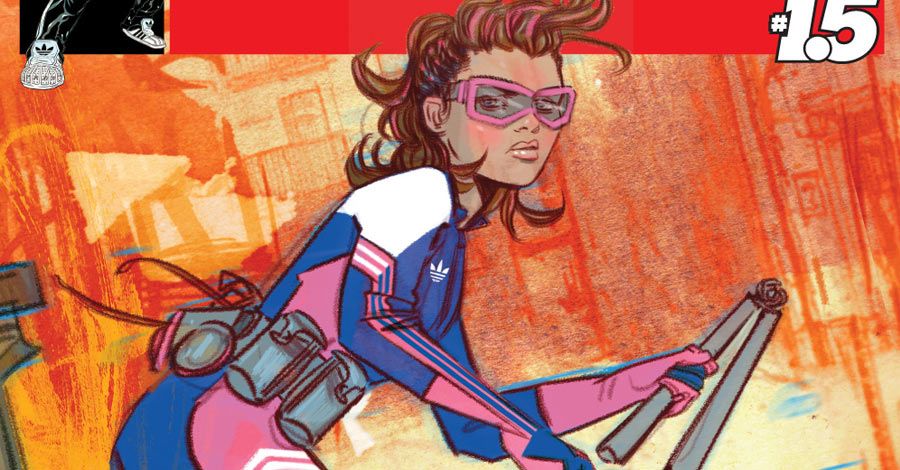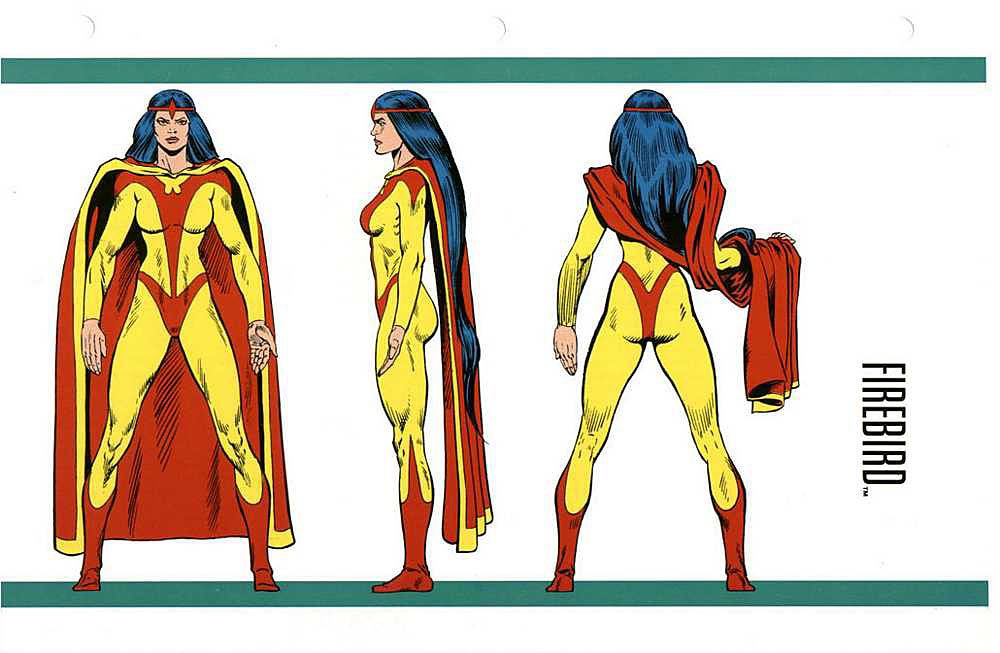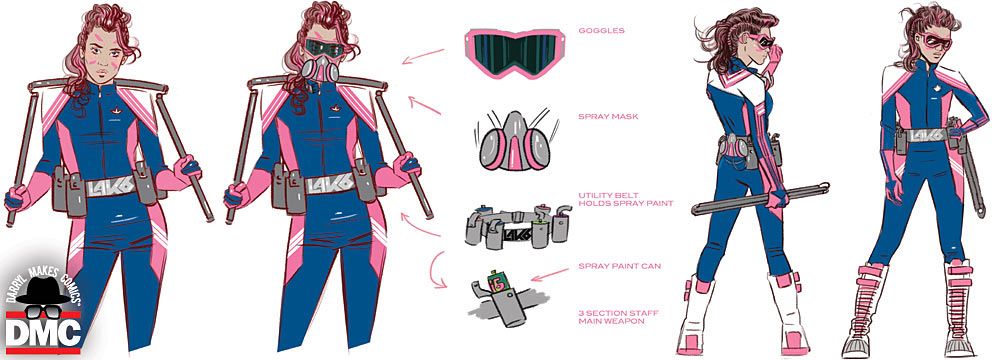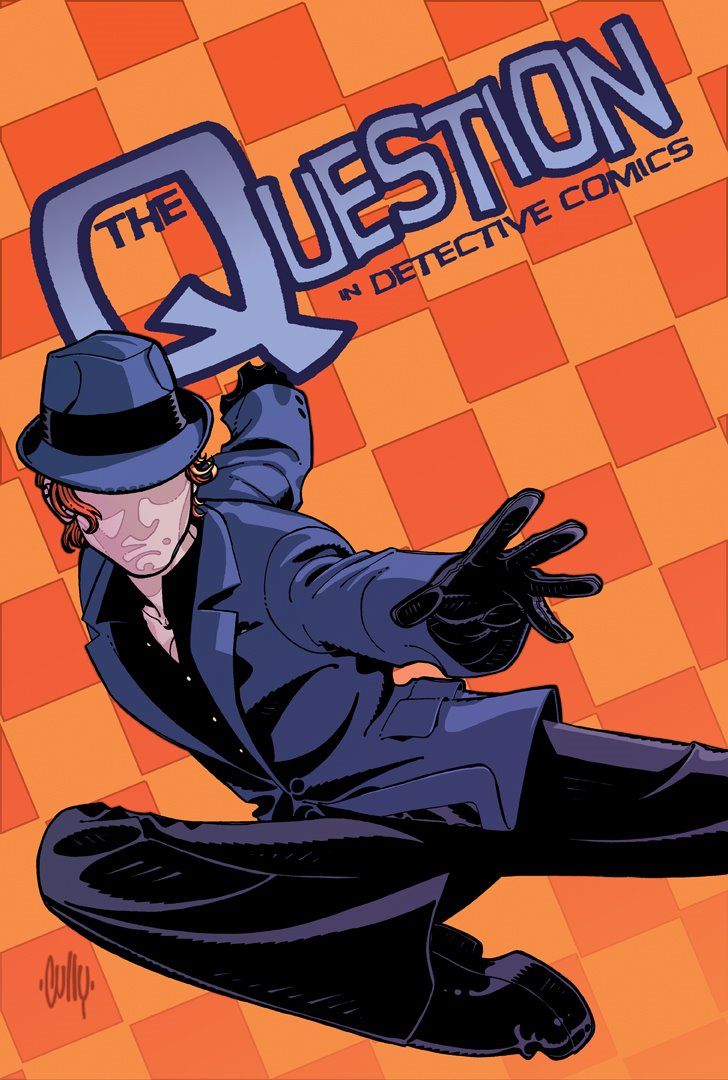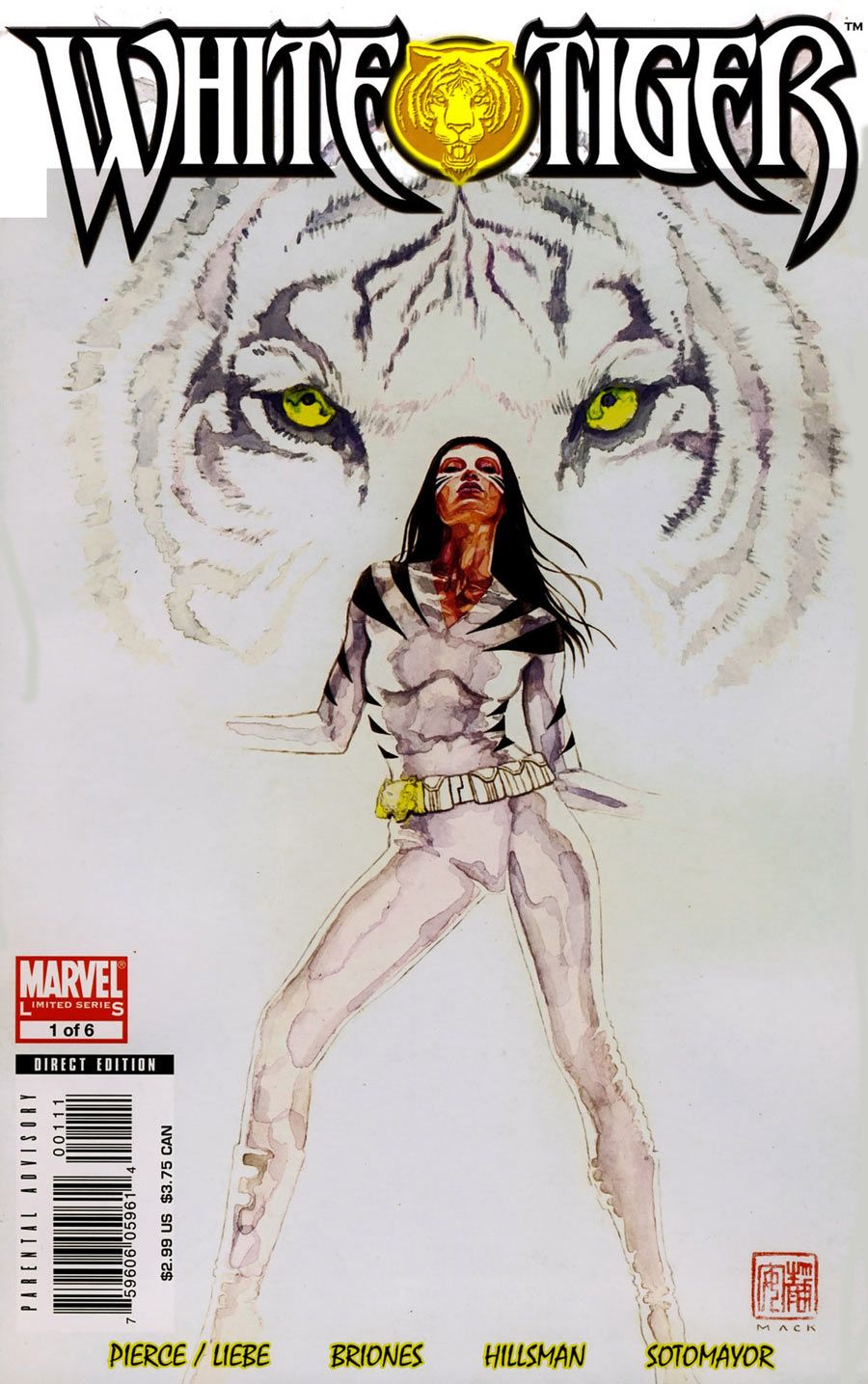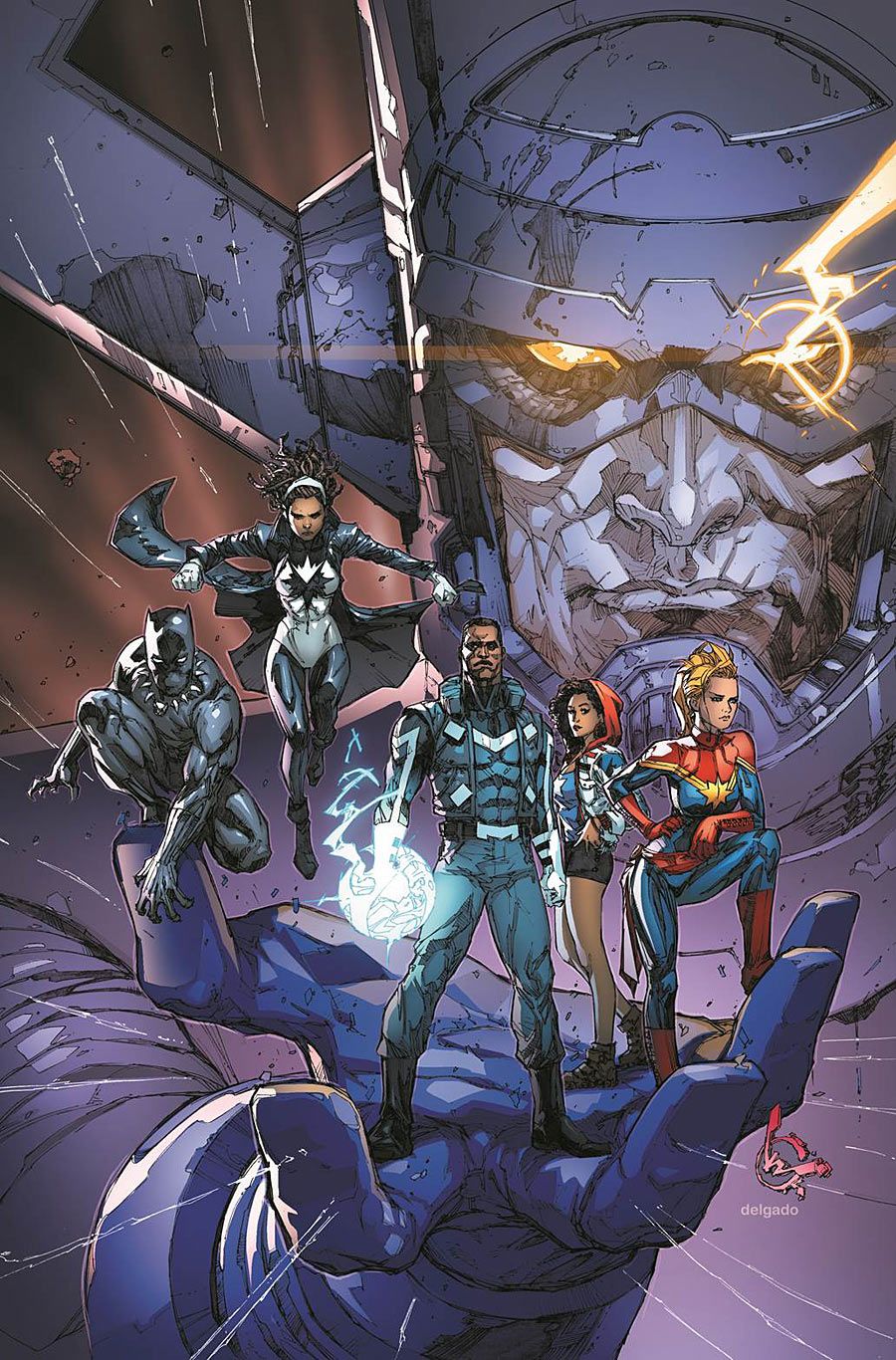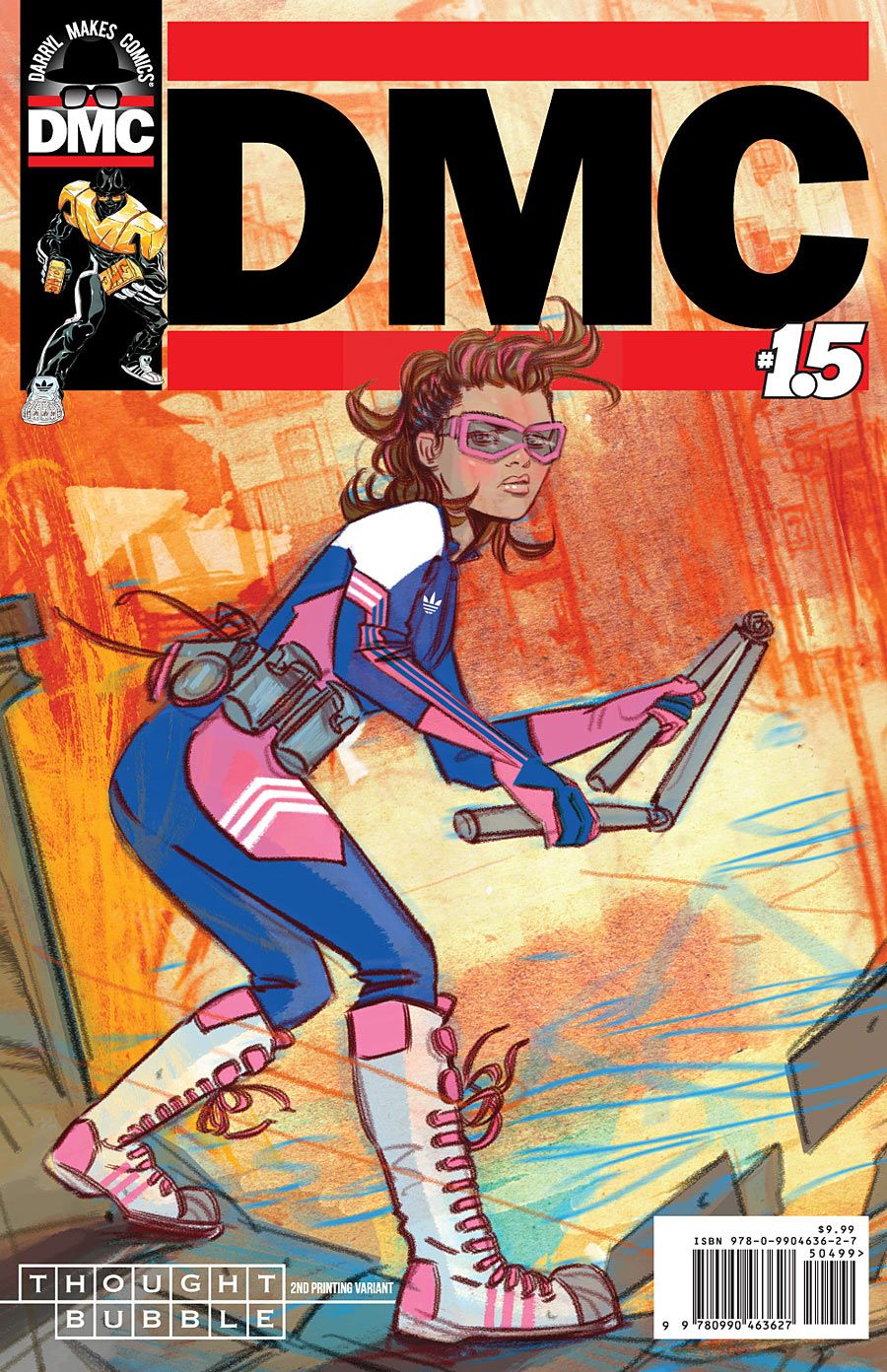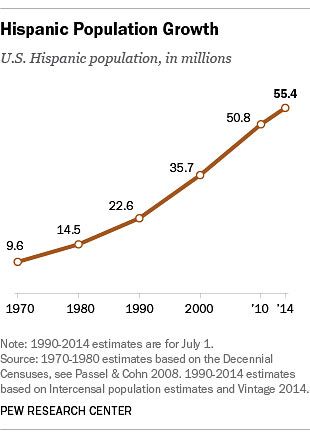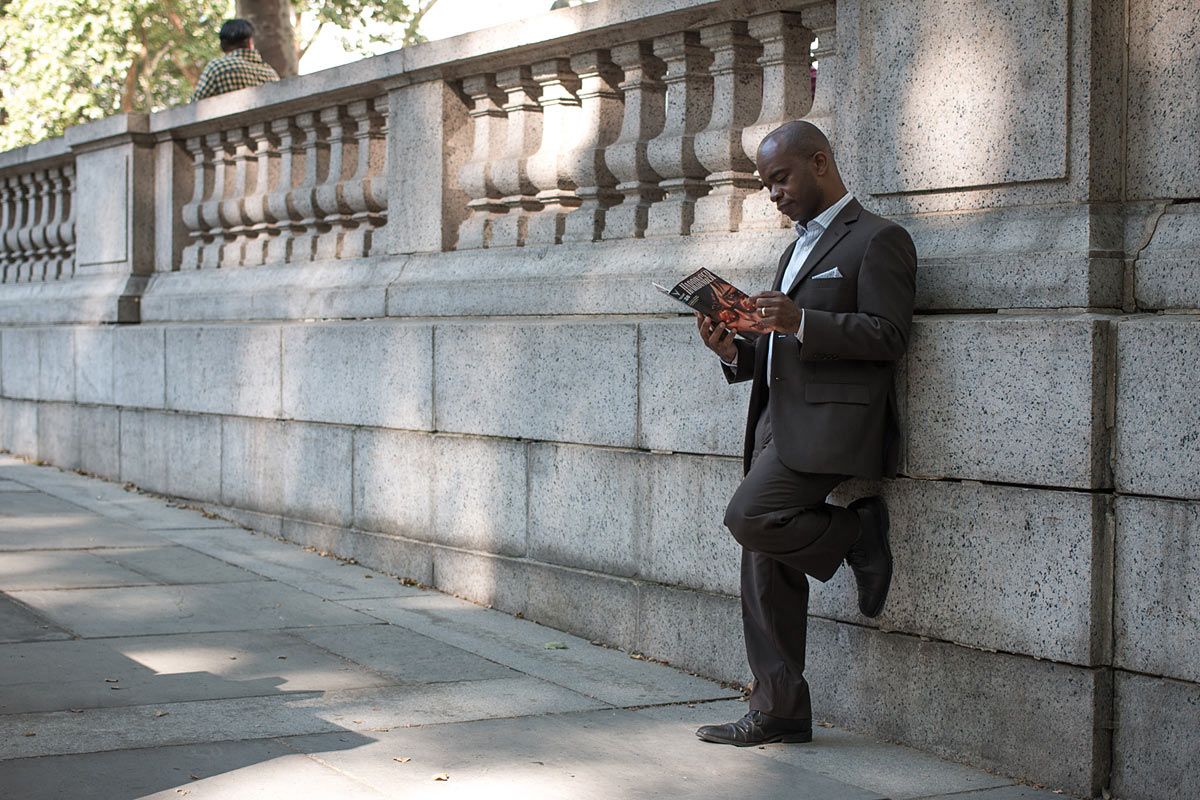Do you know Bonita Juarez?
She was born in New Mexico, brought into the world in the year 1981, and fought the green gargantuan known by many as the Incredible Hulk.
Her code name is Firebird, and Bonita may very well be the first mainstream Latina hero in American superhero comic books.
First appearing in Marvel Comics' "The Incredible Hulk" #265, Firebird was one of a group of multicultural characters who fought the popular Marvel Avenger and went on to appear in a number of Marvel comic books in the decades that followed.
Firebird was an Avenger herself, at various times in her career, and written in stories by such beloved writers as Kurt Busiek and Dwayne McDuffie, co-founder of Milestone Media, Inc.
34 years later, the publisher Darryl Makes Comics would introduce LAK6, the newest Latina superhero on the scene.
DMC Comics' Editor-in-Chief Edgardo Miranda-Rodriguez made history by making a superhero of the character introduced by Ron Wimberly and Shawna Mills, and the road between LAK6 and Marvel's Firebird is one paved with both inconsistency and celebration of the Latina superhero.
In 1985, DC Comics introduced a Mexican female version of the decades-old character of Wildcat.
Created by Roy Thomas and Todd McFarlane, the new Wildcat was Yolanda Montez, a woman born with superhuman powers after her mother was given experimental drugs during her pregnancy.
Yolanda was the Goddaughter of Ted Grant, the original Wildcat. After Ted is crippled while saving a child, Yolanda takes on his superhero identity.
Joining the superhero team Infinity, Inc. the new Wildcat was part of a wave of multiculturalism at DC Comics, and a sign of progressive change.
In 1986, the updated version of the DC Comics' character "Fire" appeared in the same "Infinity, Inc." title where Wildcat made her first appearance.
Created by E. Nelson Bridwell and legendary illustrator Ramona Fradon, Fire's real name was Beatriz da Costa. A Brazilian model who became a secret agent, Fire was a member of both the barely-known Global Guardians and the popular Justice League before becoming an agent for the Brazilian Intelligence Agency.
She was prominently featured in the "Checkmate" series written by Greg Rucka and illustrated by Jesus Saiz, and recently shown as a member of the League in the "Justice League International" series for DC Comics' "New 52" launch of 2011.
The next wave of Latina superheroes happened in the '90s with Milestone Media, Inc., the first mainstream Black-owned comic book company to have a publishing deal with DC Comics.
Within the series "The Blood Syndicate," about a superpowered gang fighting to control their neighborhood, three Latina characters were introduced. AquaMaria, the woman made of water; Brickhouse, the titan made of Brick; Flashback, a woman who could travel three seconds back in time.
Series writer Ivan Velez, Jr. used the potential for conflict and socio-economic examination in "Blood Syndicate" to flesh out all three characters, exploring themes of self-esteem, the profundity of communication of one's character through their deeds, and the battle of drug addiction.
Scott Lobdell and Carlos Pacheco created Dr. Cecilia Reyes, a woman born with superpowers. A mutant, her kind hated and feared by most of the world. Reyes was introduced in 1997 in Marvel's "X-Men" #65, and joined the popular mutant team for many adventures.
Fast forward to the 21st Century, in which Marvel Comics and DC Comics introduced more than a handful of Latina superheroes to the fictional landscape.
Marvel's original White Tiger, a man named Hector Ayala, would have his name and identity taken on by two relatives, both women.
Angela Del Toro, a Federal agent created by Brian Michael Bendis and Alex Maleev introduced in Marvel's "Daredevil" series in 2003 was the niece of the original White Tiger. She became the newest Tiger, and starred in the "White Tiger" miniseries of 2006 by Tamora Pierce, Timothy Liebe and Phil Briones.
Ava Ayala, the younger sister of Hector Ayala, became the next White Tiger and a member of The Avengers in Marvel's "Mighty Avengers" series.
Both women had superpowers granted to them by mystical amulets.
Araña Sofia Corazon, a Mexican/Puerto Rican girl, became the hero Araña and later took on the name "Spider-Girl." Created by Fiona Avery and J. Michael Straczynski in 2004, Araña became a member of two superhero groups, one of which was a teenage team of Avengers, and has appeared in various stories in the Spider-Man franchise.
Gotham City Police Detective Renee Montoya was originally introduced in DC Comics' "Batman" #475 in 1992 and appeared in "Batman: The Animated Series" the same year, but it wasn't until 2006 that she became a costumed hero.
Taking on the identity of The Question from the original Question, Vic Sage, Renee became a vigilante on a personal mission, no longer following the strict rules that came with her badge.
The groundbreaking story "Half A Life," by Greg Rucka and Michael Lark for the police procedural series "Gotham Central," gave Renee a new level of prominence and import in the DC Universe, and for many fans.
In 2011, Joe Casey and Nick Dragotta's character America Chavez was introduced in the Marvel limited series "Vengeance." Like Renee Montoya, America Chavez is an LGBT person, and a beloved character in the comic book fan community.
Her courage, pride and sass made America a distinctive member of the Young Avengers, appearing in the series of the same name, and 2015's All-New, All-Different Marvel title "The Ultimates."
In both "Young Avengers" and "The Ultimates," America is part of a team showing the cultural diversity of the nation after which she is named.
Which brings us back to LAK6, introduced the same year Marvel used their "All-New, All-Different" relaunch to inject Miss America Chavez further into the fan consciousness.
I spoke with DMC Comics' Editor-in-Chief Edgardo Miranda-Rodriguez about LAK-6 and her origins.
"In "DMC" #1 we opted not to do a traditional origin story coupled with his first adventure. Rather, it's a universe origin book. It's New York City with a 1980s feel with wild style graffiti adorning panels and young people dressed like b-girls and b-boys. Many of the characters we introduced tell the reader about DMC through their own eyes and words. One of these characters was LAK6, the 13 year-old graffiti artist.
"LAK6 aka Leticia Lebron is also a middle school student in Darryl McDaniels' classroom in our series. From 1993-99 I used to teach in Brooklyn at El Puente Academy a school with a curriculum focused on social justice. Many of my students were outspoken about living in the city and the injustices that young people face. We periodically marched in demonstrations and protests. Children always lead movements for social justice. LAK6 could easily have been one of my students."
A husband and parent, Miranda-Rodriguez explained how LAK-6 evolved as part of a family affair, and her significance for his personal future.
"My son Kian and wife Kyung were who I came to while I was still developing the look for LAK6 with Tula Lotay. Kyung is a fine artist, so her feedback was critical. She and Kian did not want LAK6 to be too girly, which is exactly what I wanted to hear from them. LAK6 for me is a hero, not a Latina hero, not a female hero. She's a badass hero. Kian loves LAK6 and occasionally talks to me about her, and looks up to her because she's older than him. He studies Jeet Kune Do and has expressed how cool it was that she studied Wing Chun."
The personal perspective informing LAK6 makes her unique among almost all of the Latina superheroes preceding her, with the exception of the Milestone characters.
A social perspective may also speak to the 21st Century accelerated growth of presence of the Latina in mainstream superhero comic books.
According to the United States Census Bureau, the Hispanic population reached a new high of 55.4 million in 2014 (or 17.4% of the total U.S. population), an increase of 1.2 million (2.1%) from the year before.
A rate of consistent growth from 9.6 million in 1970 to 55.4 million in 2014 makes the picture clear, of a growing audience with formidable spending and political power, demanding increased recognition in popular media.
In looking at a good number of the various heroes and their fates:
- Wildcat was killed.
- Fire was sidelined after an injury.
- Milestone ceased publication in 1997, relaunching as Milestone 2.0, with a question mark over which secondary characters will return.
- Cecilia Reyes is less prominent now than before.
- One White Tiger was killed and resurrected as a traitor.
- Renee Montoya's fate in the new DC Universe continuity is to be determined.
- Firebird is rarely shown these days.
So America Chavez may be the character holding the greatest burden on her shoulders, the representative of a growing demographic.
LAK6 will have her back.
How many other Latina characters will help carry the load into a more inclusive future?
Joseph Phillip Illidge is a public speaker on the subjects of race, comics and the corporate politics of diversity. In addition to his coverage by CNN Money, the BBC and Publishers Weekly, Joseph has been a speaker at John Jay College of Criminal Justice, Digital Book World's forum, Digitize Your Career: Marketing and Editing 2.0, Skidmore College, Purdue University, on the panel "Diversity in Comics: Race, Ethnicity, Gender and Sexual Orientation in American Comic Books" and at the Soho Gallery for Digital Art in New York City.
Joseph is the Head Writer for Verge Entertainment, a production company co-founded with Shawn Martinbrough, artist for the graphic novel series "Thief of Thieves" by "The Walking Dead" creator Robert Kirkman and video game developer Milo Stone. Verge has developed an extensive library of intellectual properties for live-action and animated television and film, video games, graphic novels and web-based entertainment.
His graphic novel project, "The Ren," about the romance between a young musician from the South and a Harlem-born dancer in 1925, set against the backdrop of a crime war, will be published by First Second Books, a division of Macmillan.
Joseph's newest comic book project is the upcoming Scout Comics miniseries "Solarman," a revamp of a teenage superhero originally written by Stan Lee.

